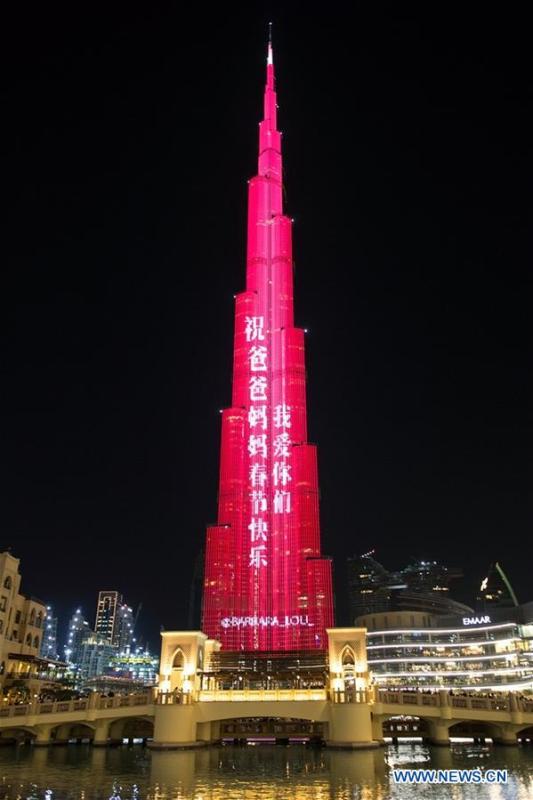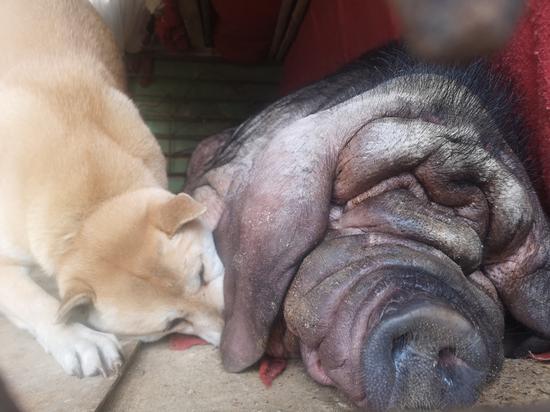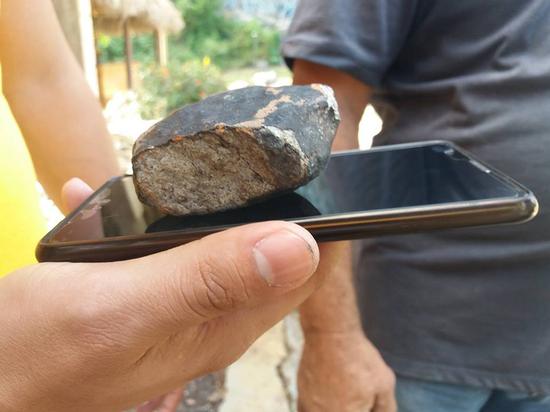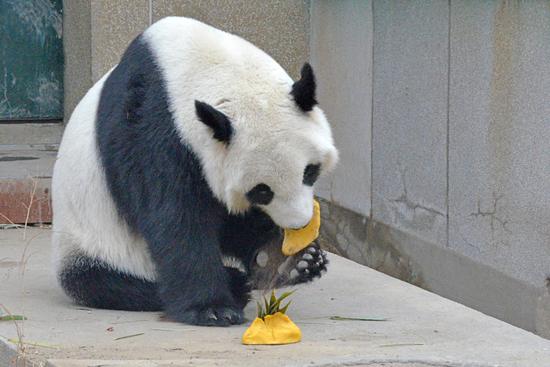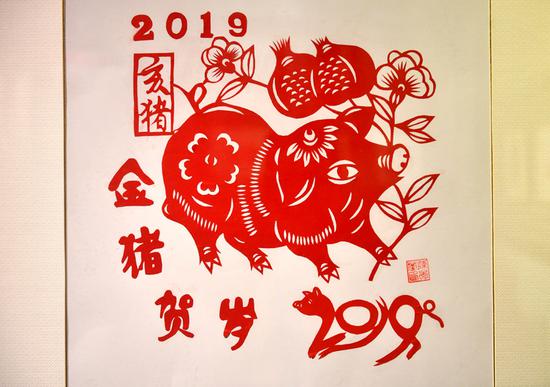A diamond is forever but its chemical composition is just carbon, the fourth most abundant element in the universe.
Before being cut and polished to what may cost over 2,000 U.S. dollars per carat -- one-fifth of a gram, or the weight of two grains of rice, diamonds have traditionally been mined from earth where they were forged in extreme pressure and heat over millennia.
But companies in China and elsewhere have mastered the technologies to manufacture them en masse in a matter of weeks or days, with the products practically indistinguishable from those mined from earth.
China, long a major consumer of mined diamonds, now has a realistic chance to become a supplier of man-made ones and shape the industry, analysts said, but the scenario for substitution -- when consumers become indifferent to provenance -- is far from certain and depends on public perception.
OVER ONE MILLION CARATS, FROM ONE FACTORY
By Chinese industry estimates, the country has been producing well over 10 billion carats of diamond annually for almost a decade, but most of the products have gone to industrial use such as in abrasives.
Before foraying into consumer use, Chinese manufacturers provided them for aeronautics, oil rigs and electronic chips and honed their craft, said Hu Junheng, head of gemstone business at Henan Huanghe Whirlwind, which calls itself the world's largest synthetic diamond manufacturer with an annual production of 1.2 billion carats, mostly for industrial use.
As competition intensified and technology matured, these companies, mainly based in central China's Henan Province, have ventured from abrasives to jewelry.
The English-language "product list" of Henan Huanghe Whirlwind now starts with "superhard materials" and ends with "Lab-Grown Diamond (Gem Quality)".
Liu Yongqi, general manager of Sino-Crystal, another Henan-based company, said it now produces between 2 million and 3 million carats a year, over half of which are for jewelry.
"We began our transformation in 2014 to expand to gem-grade diamonds," said Liu, citing over-competition for industry use and a "blue sea" consumer market.
"It is important to understand that even if synthetic diamond production is initially lower quality, the diamonds can be 'enhanced' with processes that turn lower quality goods into higher-quality," Paul Zimnisky, an independent diamond analyst in New York, told Xinhua.
If even a fraction of Chinese production is upgraded to jewelry-quality diamonds, it would have a very significant impact on the global supply which is only in the low-millions-of-carats, Zimnisky said.
"China, and by extension Asia, is the main producer of synthetic diamonds," Margaux Donckier, spokeswoman for Antwerp World Diamond Center, told Xinhua. "Synthetic goods only represent about 3-5 percent of the [consumer] market, but the share is growing rapidly."
ICE IN A FRIDGE, ICE IN A RIVER
A major boost to man-made diamonds, Chinese manufacturers said, came from De Beers, the dominant giant that popularized the saying, "a diamond is forever."
Reversing its previous position of shunning the man-made sector, De Beers took a U-turn in 2018 by selling man-made diamonds through its Lightbox Jewelry brand.
"Since De Beers embraced man-made diamonds, the market has been developing rapidly," said Liu, citing expanding sales in Japan and recent visits to his company from major jewelry brands.
Man-made diamonds' growing prospects are their increasing quality at decreasing cost. It is now impossible to tell a man-made diamond from a mined one with the naked eye, despite the latter's exorbitant price.
Experts with professional equipments can distinguish the two, but that distinction is so irrelevant to the Federal Trade Commission of the United States, that the previously specified "natural" origin within the FTC's definition of a diamond was removed in 2018.
In its Guides for the Jewelry, Precious Metals, and Pewter Industries, the FTC ruled "based on changes in the market, the final Guides eliminate the word 'natural' from the definition of diamond...because lab-created products that have essentially the same optical, physical and chemical properties as mined diamonds are also diamonds."
Zang Chuangyi, a scholar at Henan Polytechnic University, believes a diamond is a diamond no matter how it was formed -- grown in a lab or mined out of the ground.
"It's like comparing ice in a fridge at your home, with ice in a river," Zang said.
ONLY AS FASHION JEWELRY?
But in the view of De Beers and others with ties to the established diamond profession, there are still insurmountable differences between man-made diamonds and mined ones.
"Our research consistently shows that people see synthetic diamonds as a different product category from natural diamonds, just as they see synthetic rubies, emeralds and sapphires as different product categories from their natural counterparts," the company told Xinhua in a statement.
It is with convictions like this that De Beers decided to wade into men-made diamonds, intending to grab a growing sub-market and in the process solidifying the perception that man-made diamonds are inferior to mined ones, which will also safeguard its original business, experts said.
The Antwerp World Diamond Center largely follows the prevailing rationale in this regard, spokesperson Donckier said. "Diamonds and synthetic diamonds should be seen as two different products. They are certainly not interchangeable."
Current regulations in China and elsewhere require that man-made and natural diamonds are clearly labeled so that consumers know what they are buying.
Man-made diamond jewelry will fall into the category of "fashion jewelry" while natural diamonds will remain "fine jewelry," Zimnisky said.
But there are also outliers who say a diamond should not be forever even from the beginning, and consumers, many of whom are increasingly budget conscious, already have too many bills to pay excluding an overhyped and overpriced stone.
Yonden Lhatoo, the chief news editor at the Hong Kong-based South China Morning Post, wrote in a scathing column: "Anyone with a basic education should know by now that the ridiculous tradition of men having to buy diamond engagement rings for women before marriage was wholly concocted."
Diamonds are such a waste of money, he wrote: "If you must buy a diamond, it makes much more sense to go for a lab-manufactured one."
HUGE POTENTIAL AHEAD
The man-made diamond jewelry market will grow 22 percent annually from 1.9 billion U.S. dollars to 5.2 billion by 2023, Zimnisky said.
Liu, of Sino-Crystal, said that man-made diamonds might not cannibalize sales of mined diamonds, but that market alone boded well for Chinese manufacturers.
"Could they compete with De Beers? Yes, they certainly could. It just concerns technology that almost anyone can obtain these days, so why could a Chinese manufacturer not make the same product as well as anyone else?" Donckier said.
"The quality of Chinese synthetic diamond production appears to be advancing quite rapidly from what I am seeing. I have seen some Chinese product that rivals that of Lightbox," Zimnisky said.










